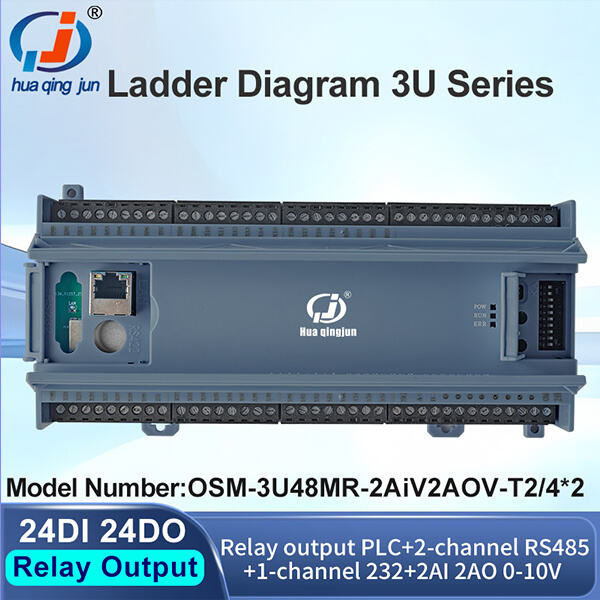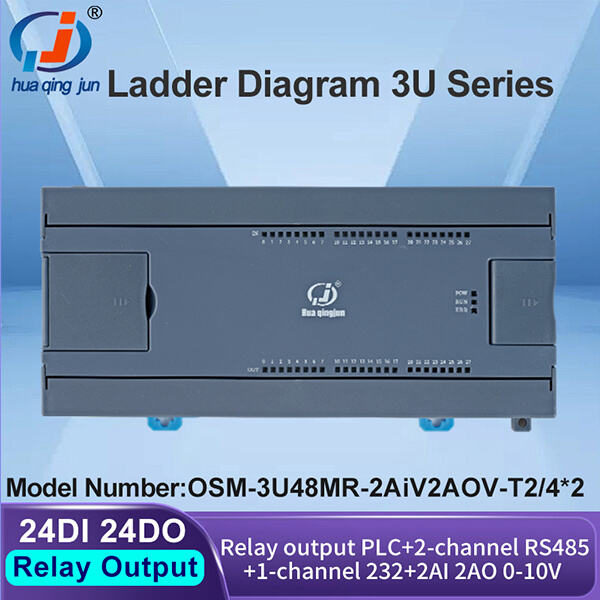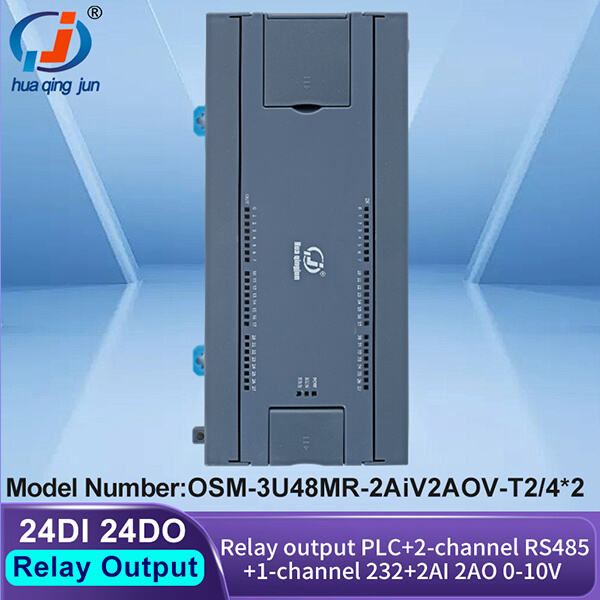It may sound very difficult in words like “ladder logic programming”, but actually it is very easy to understand, today in our article we will see how ladder logic programming works and where it is used in industrial automation. After reading this article you will have a good grasp of the concept how ladder logic programming made its version to control machines and processes in factories.
Ladder logic programming is the type of programming language used to control industrial processes through the programmable logic controller (PLC). A PLC (Programmable Logical Computer) is a computer used for automating machines and processes in factories. Huaqingjun 16-Channel RS485 Digital Input Module Quantity Data Acquisition Modbus RTU Remote Control DI Modules for PLC is programmed using ladder logic programming that uses a set of rungs to create the PLC program controlling it. Methods, each of those decrements will be a step in the program to run
Because the ladder logic programming is usually easy to learn and use, it is often used in industrial automation. It emulates the classic relay logic systems of yesteryear, which engineers and technicians are already accustomed to. Ladder logic programs are composed of rungs, which in turn are arranged in a ladder-like manner. This allows us to easily create an image of our activities and maybe detect the troubleshoot if something goes wrong.

When describing the programming in ladder logic, it is not recommended to draw an elephant! Name your variables descriptively and keep the rungs easy to read. If you are doing something that is quite complex split it up into smaller steps and write comments on your logic. Before you put your program into practice in the real world, test it extensively to make sure that it operates as planned.

You can practice ladder logic programming by regular practice and learn about all types of instructions and functions. Understand more advanced topics like timers, counters and other such features to build complicated programs. Play with the logic/structure to get it working for your particular application. Add ladder logic to your arsenal and you become extremely attractive to industrial automation companies.

I know ladder logic programming can seem really simple, and it most of the time is.. but for some good reason I often tend to see beginners making common mistakes. The biggest travesty of all is not properly commenting your program. It is hard to understand how your program works without clear comments and labels. This is often provoked by naming convention do not follow. or not optimized code organization and structuration respect best pratices. In short, if you can avoid these, then half of your time will be saved and the hair on your head for that matter.